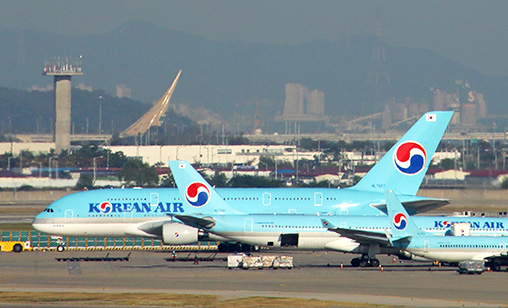Orient Aviation 2022 Year in Review
December 1st 2022
November
It was a month of consolidation and collaboration in November as several airline groups in the region announced proposed tie-ups and plans to restructure their businesses. Read More »
Singapore Airlines group (SIA) and India’s Tata Sons agreed to fold their less-than-a-decade-old joint-venture, Vistara, into Air India. SIA holds 49% of full-service Vistara with Tata’s controlling the remaining 51%. Tata’s also is the 100% owner of Air India. Under the proposed new structure, SIA will have equity of 25.1% of the merged entity that will operate under the Air India brand. No one doubts India is a market full of potential, but it also is one with several challenges. It is hoped SIA will fare better with its latest partnership than some of its past attempts to expand including Air New Zealand, NokScoot, Virgin Atlantic and Virgin Australia. On the other hand, Scoot’s founding CEO and former member of SIA top management team, Campbell Wilson, is the new CEO of Air India.
 |
The other significant restructuring floated in the month was AirAsia X (AAX)’s plan to acquire the four short-haul LCCs held by Capital A - AirAsia operating airlines in Indonesia, Malaysia, the Philippines and Thailand - to create a consolidated aviation group. Having the medium-haul AAX and short-haul AirAsia LCCs under the one roof may provide opportunities to improve efficiencies and forge a closer working relationship, but the two companies also hoped the proposed new structure will lift them out of the Practical Note 17 (PN17) notice Bursa Malaysia has issued because of their financial positions. AAX CEO, Benyamin Ismail, said the airlines would be able to leverage the group’s wide network of more than 130 destinations and provide opportunities to expedite the recovery of the airlines.
Beyond the deal making, SIA announced an operating profit of S$1.2 billion for the three months to September 30, the highest in its history.
Korean Air (KAL) also reported an impressive set of financial numbers during the month, including a tripling of quarterly net profit to 431.4 billion won (US$300.7 million) and a revenue jump of 65%, to 3.7 trillion won. The South Korean flag carrier pointed to a “bullish” outlook on strong passenger demand. On a less positive note, regulators in the UK and the U.S. have asked for more time or more information to consider KAL’s proposed takeover of rival Asiana Airlines.
It was a less rosy picture at IndiGo, which posted a quarterly loss of 15.8 billion rupee (US$193 million) as high fuel prices and foreign exchange movements offset good yields and strong demand across the network.
Japan Airlines said its quarterly loss narrowed to 2.1 billion yen, from 104.9 billion yen a year ago. However, it was expecting to post a full year net profit of 45 million for its fiscal 2023 year, which ends on March 31 2023.
megan moroney says:
January 27th 2024 05:31pm